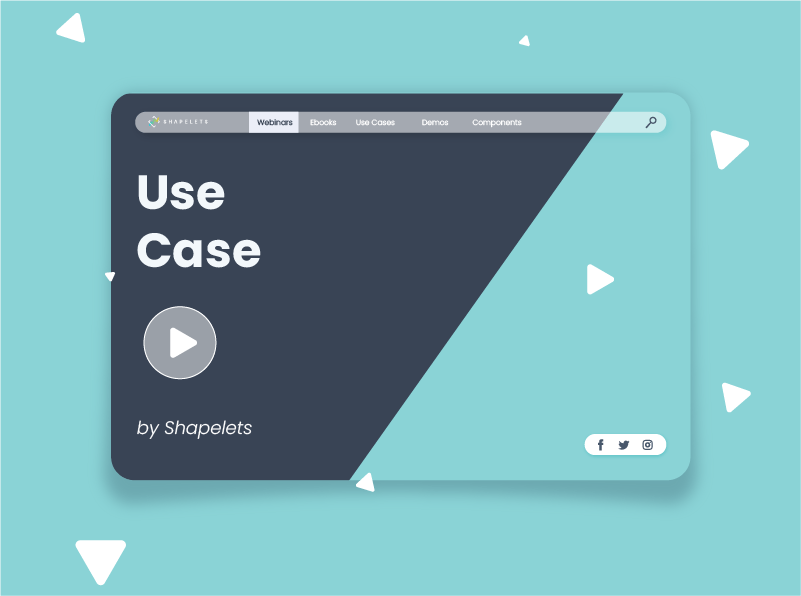Smoothing Time Series for Your Project:
Improving the Clarity of Your Data
3 minutes
There are more and more cases in which company data is based on measurements at an exact moment in time, thus producing a very interesting data history to analyse. At Shapelets we are aware of this, and we have created a tool to be able to analyse this data in a simple and intuitive way, both for Data Scientists and for business users who have to use this data.
This type of data, time series, are like windows into the past, revealing patterns and trends. However, sometimes these series can be noisy, making interpretation difficult.
In areas such as demand forecasting, financial planning, web traffic analysis or inventory management, it is crucial to have an excellent interpretation of historical data, because it makes it much easier to make decisions and, in some cases, to foresee future trends.
To avoid this problem, we can use time series smoothing, a set of techniques that will help you get a clearer and more understandable view of your data over time. By applying smoothing methods, a clearer representation of the data is achieved, allowing analysts and business managers to extract more meaningful and valuable information from the time series.
Let’s look at some examples of smoothing techniques.
1. Simple Moving Average
The simple moving average is like a soft filter for your time series. Imagine you have a monthly sales series and you want to highlight the long term trends, eliminating the monthly noise. The simple moving average does exactly that.
2. Exponential Smoothing
Exponential smoothing is like short- and long-term memory for your data. It gives more weight to more recent observations, but does not completely forget older ones.
3. Holt-Winters smoothing
Holt-Winters smoothing is like an oracle that can foresee the future (to some extent). It adds a predictive dimension to the previous techniques, being useful when you need to project future values.
To apply these techniques there are numerous tools on the market, we know that, and at Shapelets we are aware of that, that’s why our platform accepts all kinds of external libraries so you can make the transformations in the most comfortable way for you or your business, and you can integrate everything in a 360 solution.

Want to apply Shapelets to your projects?
Contact us and let’s study your case.
